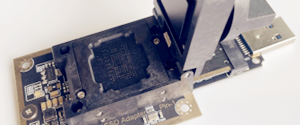Primary, Extended and Logical Partitions
In order to use the space in a hard disk, it must be partitioned. Partitioning is the process of dividing the hard disk’s space into pieces, so they can be prepared for use, or even dedicated to different uses. Even if the entire disk is intended to be left in one piece, it must be partitioned so that the operating system knows that it is intended to be left in one piece. There are many different considerations that go into deciding how to partition a hard disk.
Each hard disk can contain up to four different “true” partitions, which are called primary partitions. The limitation of four is one that is imposed on the system by the way that the master boot record is structured. Normally, if you are only using DOS, Windows 3.x or Windows 95, you will have a single primary partition. Multiple primary partitions can be used if you want to set your machine up for use by multiple operating systems. Partitions are also sometimes called volumes, especially in reference to DOS.
DOS itself can only have one primary partition per hard disk. You may find this statement confusing, since you have no doubt seen PCs that have four or more DOS partitions. A hard disk that has four DOS partitions still has only (at most) one primary DOS partition. The others are logical partitions that are stored in the disk’s extended DOS partition.
OK, this sounds confusing so I will try to clarify somewhat. The original designers of DOS obviously did not foresee multi-gigabyte hard disks containing large numbers of partitions. Later versions of DOS were enhanced to allow DOS to use up to 24 total disk partitions. In order to preserve compatibility with the original DOS structures that only allow four partitions, the extra partitions are stored in an extended partition.
I mentioned above that there is room for four primary partitions on a hard disk. If you use an extended partition, however, that takes up a “slot” reserved for one of the four primaries, so you are then limited to three primaries plus the extended partition. When you set up an extended partition, it is initially empty; you use up the space in it by adding logical partitions (sometimes also called logical DOS drives or logical volumes). You can store up to 24 logical drives in the extended partition if you are not using a DOS primary partition on the disk, or 23 if you are using a primary. The limiting factor here is drive letters: hard disks start with C: and end with Z:. Of course virtually nobody uses that many partitions on their system.
Internally, the logical drives are stored in a linked structure. The extended partition’s information is contained in the master partition table (since the extended partition is one of the four partitions stored in the master boot record). It contains a link to an extended partition table that describes the first logical partition for the disk. That table contains information about that first logical partition, and a link to the next extended partition table which describes the second logical partition on the disk, and so on. The extended partition tables are linked in a chain starting from the master partition table.
In terms of how the disk is used, there are only two main differences between a primary and a logical partition or volume. The first is that a primary partition can be set as bootable (active) while a logical cannot. The second is that DOS assigns drive letters (C:, D: etc.) differently to primary and logical volumes.
Here’s an example to hopefully make all of this a bit more clear. Let’s suppose you are setting up a new system and starting with an empty 2 GB hard disk. For efficiency purposes you have decided to partition the system into four equal 500 MB partitions. I’m assuming no complicating factors here, just a simple example.
To do this, you will first set up a primary DOS partition 500 MB in size. This is the first of your four partitions. You will then create an extended DOS partition that is 1500 MB in size. Within the extended DOS partition you will create three logical volumes, 500 MB in each, which are your second, third and fourth volumes. The first partition will be your C: drive from which you boot the machine, and DOS will (normally) assign D:, E: and F: to the other three partitions. Your hard disk will have one primary DOS partition, and one extended DOS partition containing three logical DOS volumes.
Once the system is set up, there is no functional difference between these partitions, other than the fact that C: is the only bootable one and is where all the DOS system files reside. Regular files can reside wherever you want them to.
World’s Top Data Recovery Hardware Tools
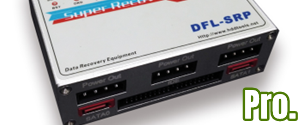
Easy to use at good price
Recover SATA, IDE, External HDDs, NVME SSDs, etc Order Now here
POTABLE DEVICE & NVME SSD RECOVERY TOOL
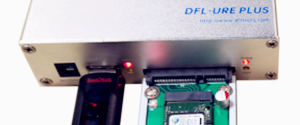
Recover USB Device and NVME SSDs at high speed! Read Details here.
DFL-PCIE DATA RECOVERY RECHARGE
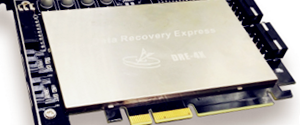
Best data recovery hardware tool to start a data recovery business, read details here
RECOVER SCRATCHED HDDS

Recover lost data from scratched hard drives, read details here.
SURFACE PRO. RECOVERY
BEST HEAD REPLACEMENT TOOLS
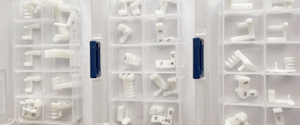
The most cost-effective head replacement tools for Seagate, WD, Samsung, Hitachi, Toshiba, Fujitsu

